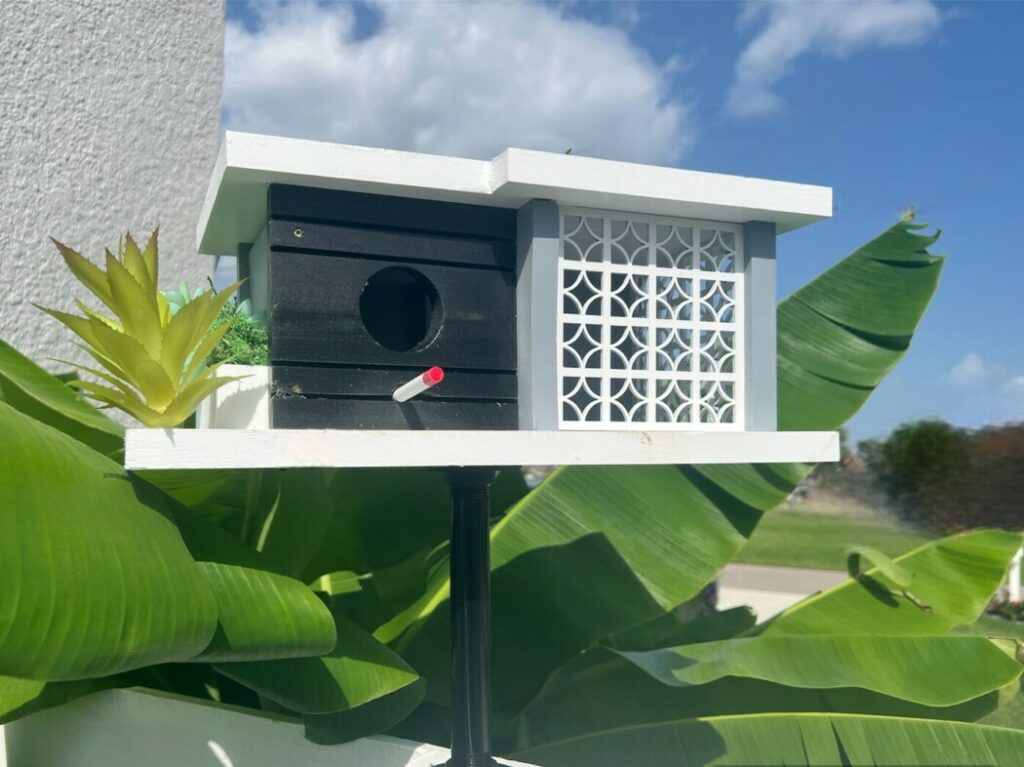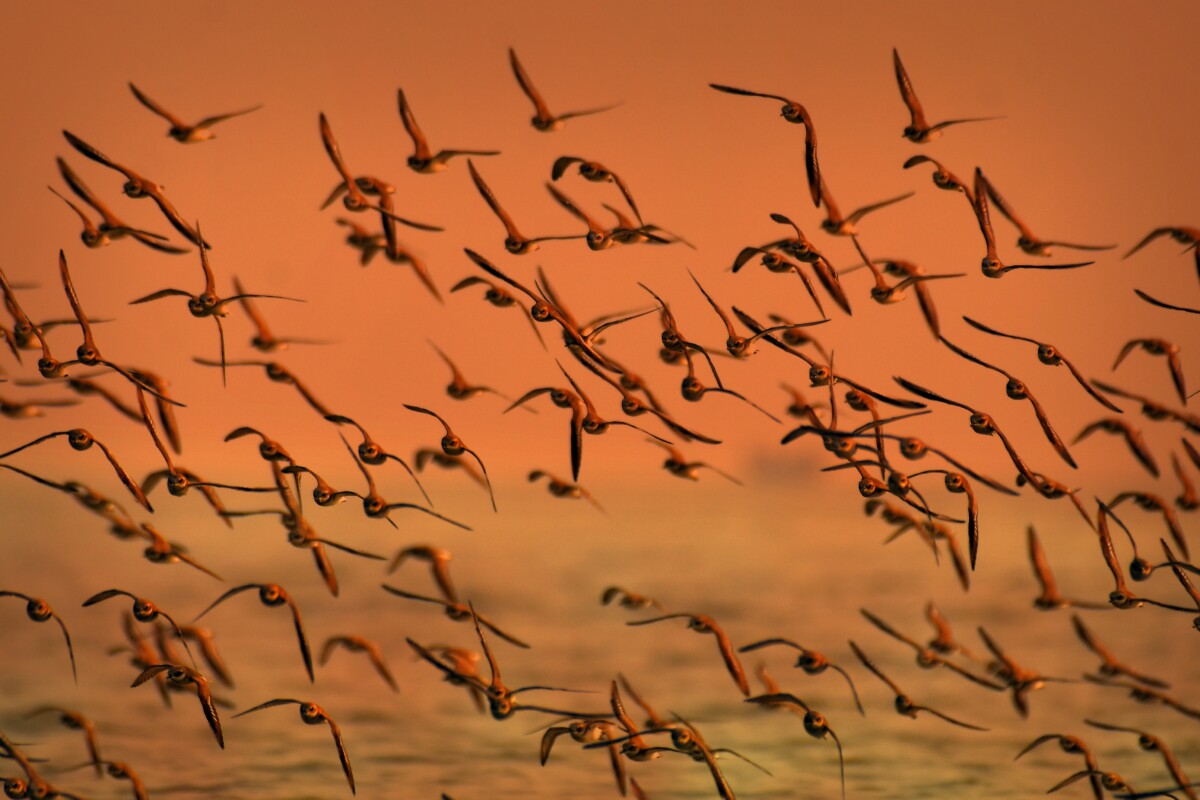
5 Ways to Assist Bird Migration in North Texas
How to be an Ally to Our Feathered Friends this Fall
Fact: Our Dallas/Fort Worth area is a vacation destination for birds. Each autumn and spring, over 400 species of birds soar through our north Texas skies en route from their northern breeding grounds toward southern solace. Just like human “snowbirds” who flock from the north to escape the snow and frigid temperatures, these songbirds siesta in our milder climate and beyond. Birdwatchers galore gather from Grapevine to Galveston with their binoculars and cameras to witness this precarious phenomenon. While their joyous journey may not seem so treacherous to us, the modern-day bird broaches bountiful obstacles due to climate change, loss of habitat, ferocious felines, and light pollution, to name a few. However, you can be an ally to our feathered friends this fall by providing their essential needs in your own gardens and practicing responsible lighting practices. Read on to discover how you can assist with bird migration in north Texas.
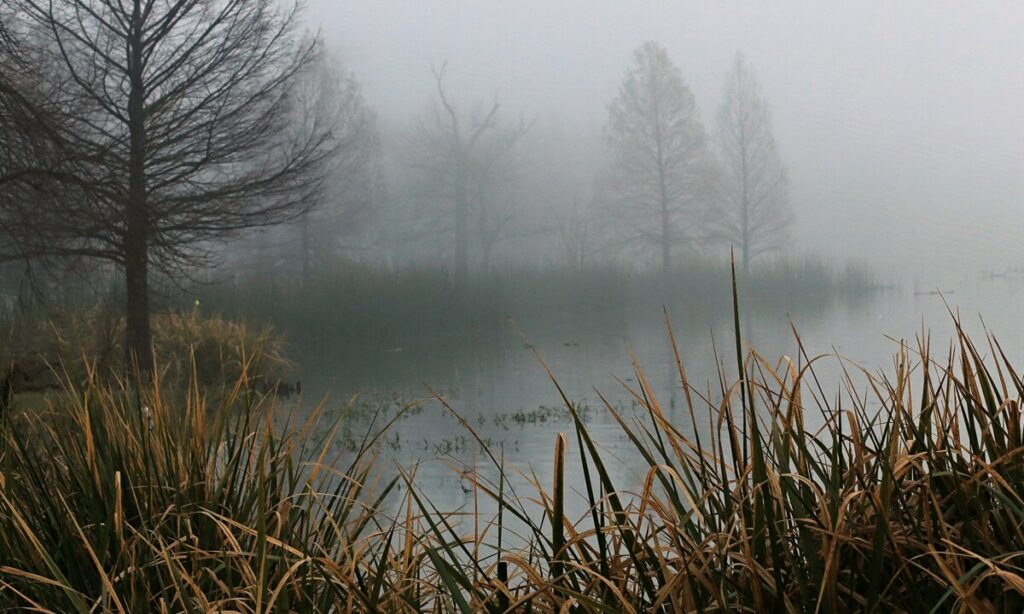
Hazards to Bird Migration
These gallant guides take flight with sage fuel efficiency in mind. Traversing the starry evening skies at higher elevations allows birds to maximize migration sustenance and hydration and conserve energy. Foraging for food by day and capitalizing on southeasterly winds to propel their wings by night, they encounter copious challenges along the way.
Habitat Loss
Forest and grassland clearing due to fires, agriculture, wind power stations, oil drilling, or construction eliminates large areas of daytime shelter during bird migration season. This limits the ability of birds to nurture their young and sadly causes a reduction in our overall bird population.
Weather
From fog to climate change, our unpredictable weather can create chaos and confusion for our fearless flyers.
Cats
Free-roaming felines pose an extreme threat to migratory birds—especially to nesting fledglings. If you have a pet cat, try to keep it indoors at night during peak bird migration (September through November and March through May) to keep our feathered friends safe.
Obstacles
Every technological advance has its pros and cons. In this instance, the cons for bird migration include electronic towers and cables, skyscrapers, aircraft, and more.
Light Pollution
Roughly one billion birds lose their lives in the United States each year due to collisions. From reflective glass windows to bright walls of light, birds can become disoriented and crash before reaching their destination.
How You Can Help
1) Provide Food
Planting fruit and berry-producing plants and trees is one way to create a natural food supply. Alternatively, adding bird feeders offering high-fat fuel choices such as suet, bark butter, nectar, and a sunflower seed blend helps birds rebuild their energy.
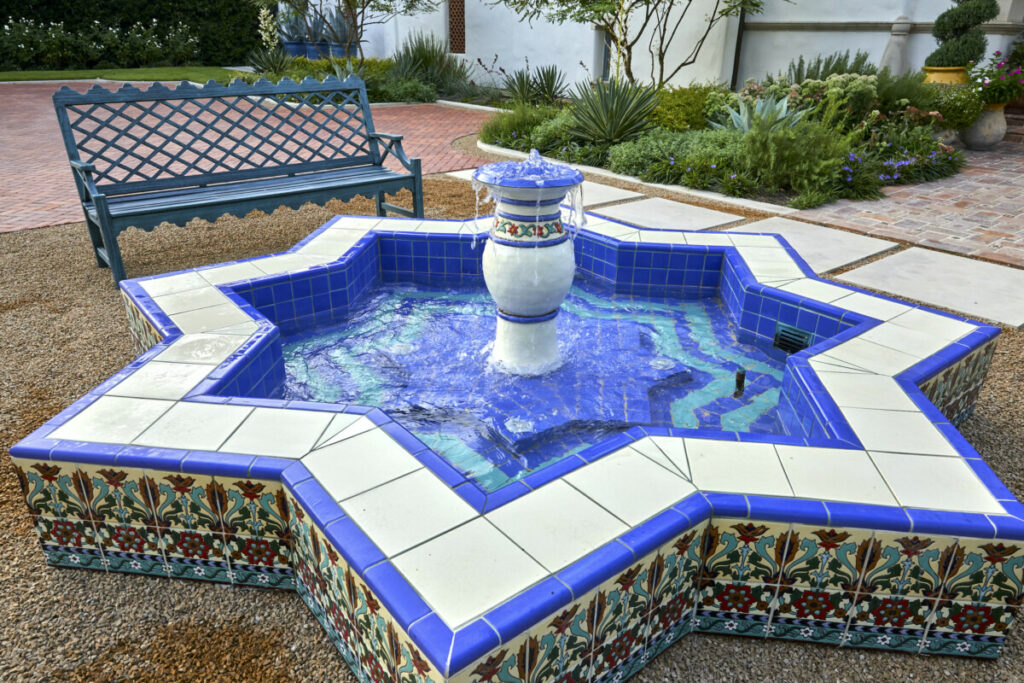
2) Offer Water
From simple bird baths to ponds, fountains, or pools, our experts can create a refreshing water feature for both you and your feathered friends.
3) Create Shelter
From incorporating plants, shrubs, and trees to adding manmade birdhouses, setting up shelter, and providing a habitat can protect birds from predators and the elements.

4) Develop Responsible Lighting Practices
- Keep blinds and curtains closed.
- Turn off lights before leaving the home or office.
- Turn off or dim lobby and atrium lights of businesses.
- Turn off or dim interior home lighting.
- Turn off or dim decorative landscape uplighting; instead, use well-shielded downlighting during these times or install motion detectors.
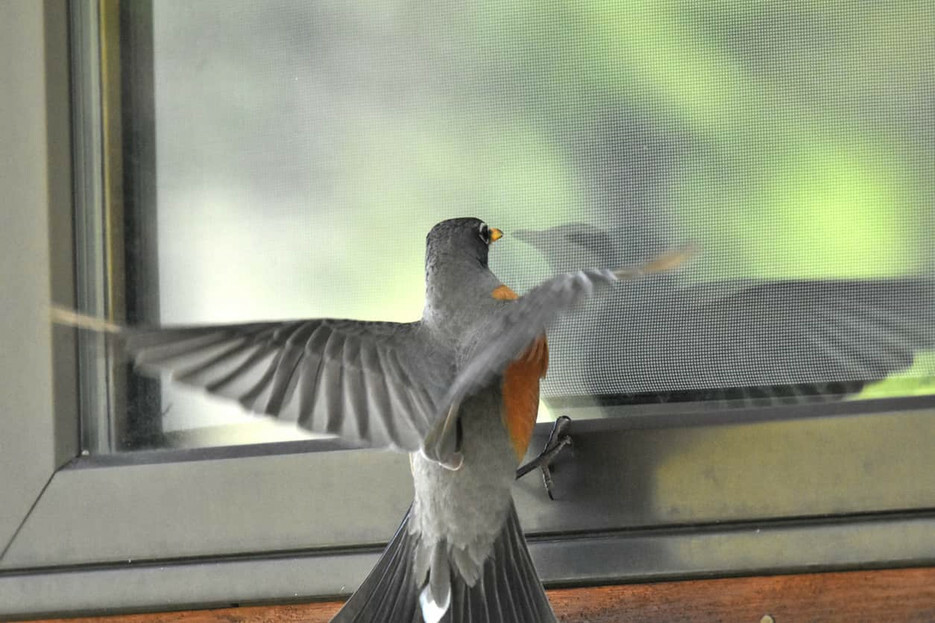
5) Prevent Window Strikes
Our friends at Wild Birds Unlimited offer these tips to help birds steer clear of windows:
- Locate bird feeding stations within three feet of windows or beyond ten feet. This will provide ample time for entry and help prevent injury to exiting birds.
- Install a window feeder. Not only will it draw awareness to the glass, but it will create hours of enjoyment for you and your family.
- Utilize window screens or netting
- Hang vertical strips a few inches apart on the window’s exterior using reflective mylar ribbon or paracord.
- Experiment with films or contrasting window applications within a few inches of the window.
- Open vertical or horizontal blinds halfway to increase visibility.
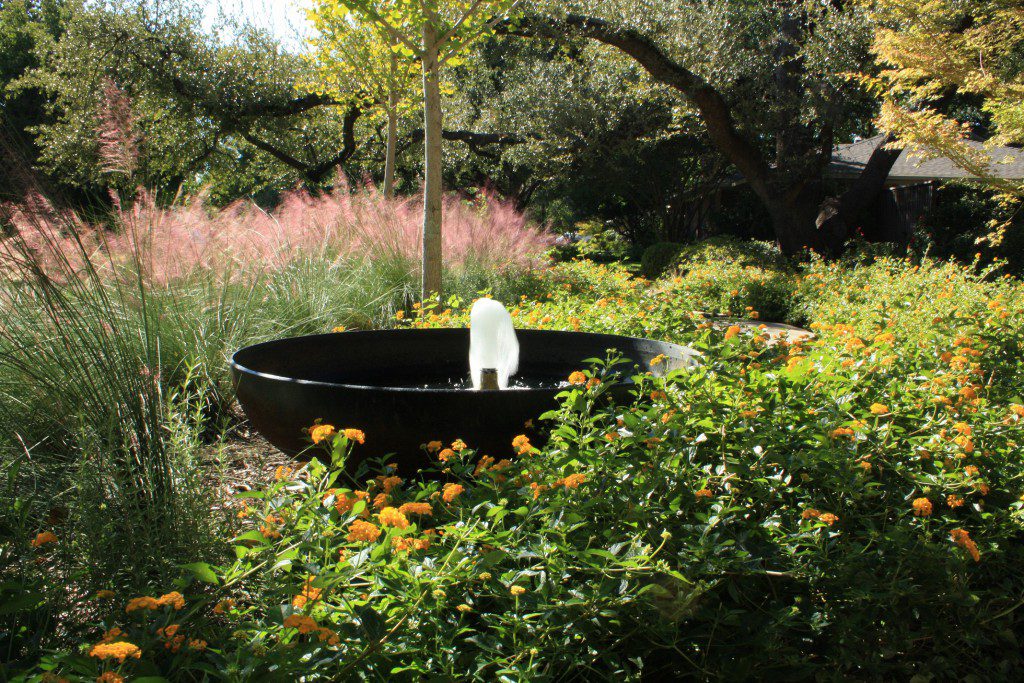
Enlist the Professionals
Your personal garden manager can assess your yard to incorporate native, ornamental grasses, fruit and berry-bearing shrubs and trees. Feeling adventurous? Consult our design team to create a landscape plan that incorporates areas of shelter, water features, and more. Contact us to dream up your bird-friendly personal sanctuary today.
Resources
Caesar Kleburg Wildlife Research Institute
You May Also Enjoy
Texas Pollinators with a Purpose
